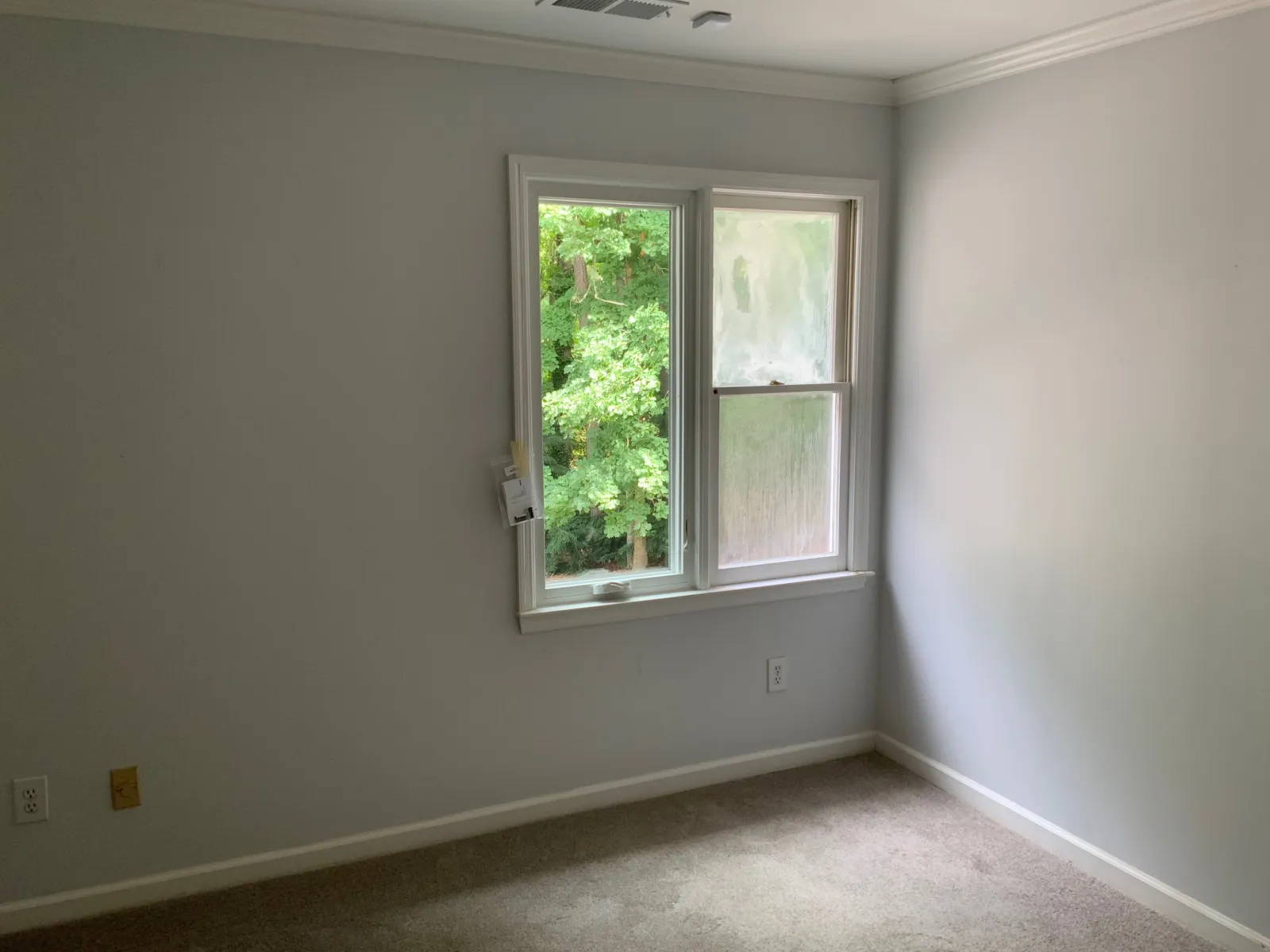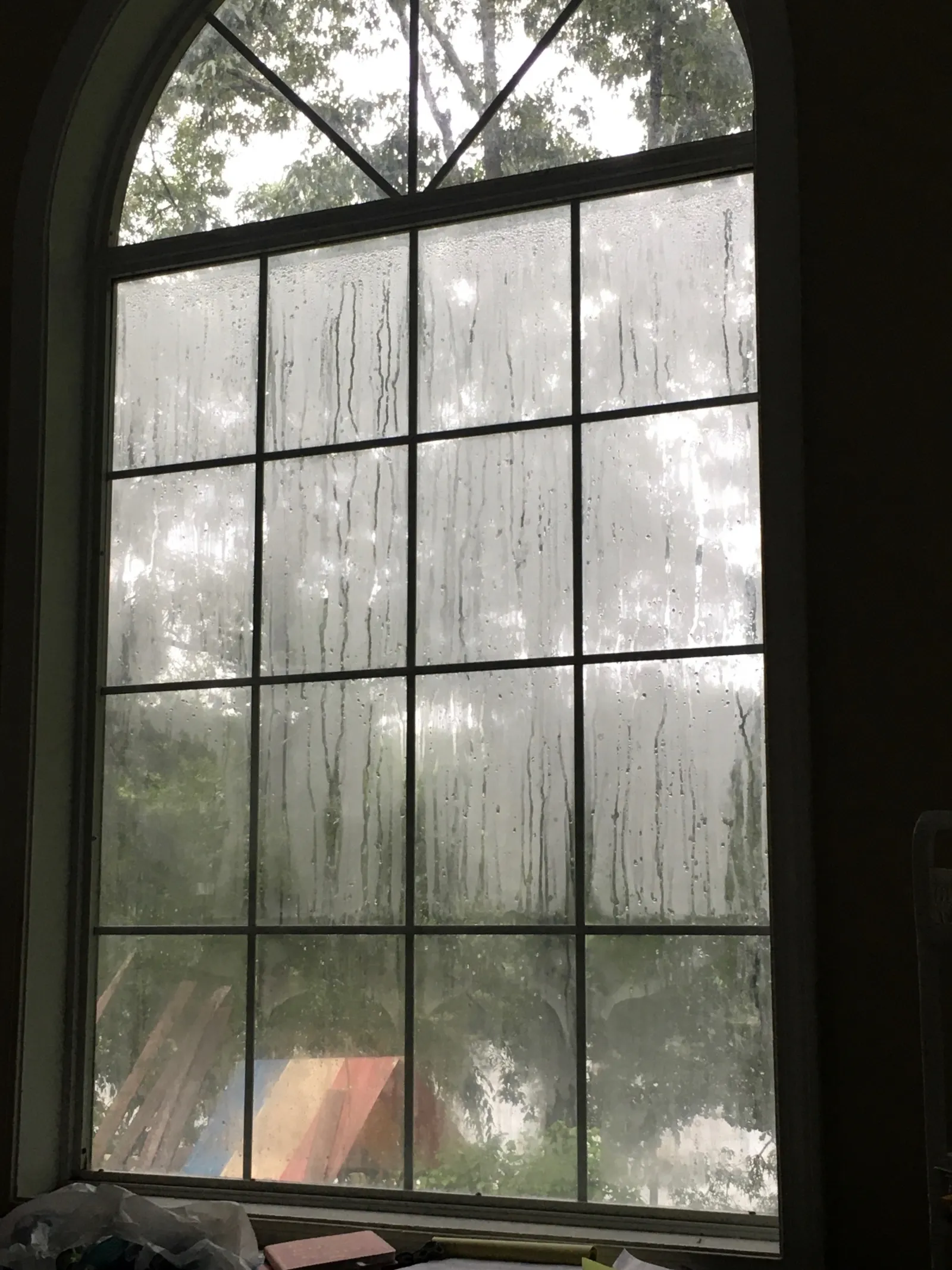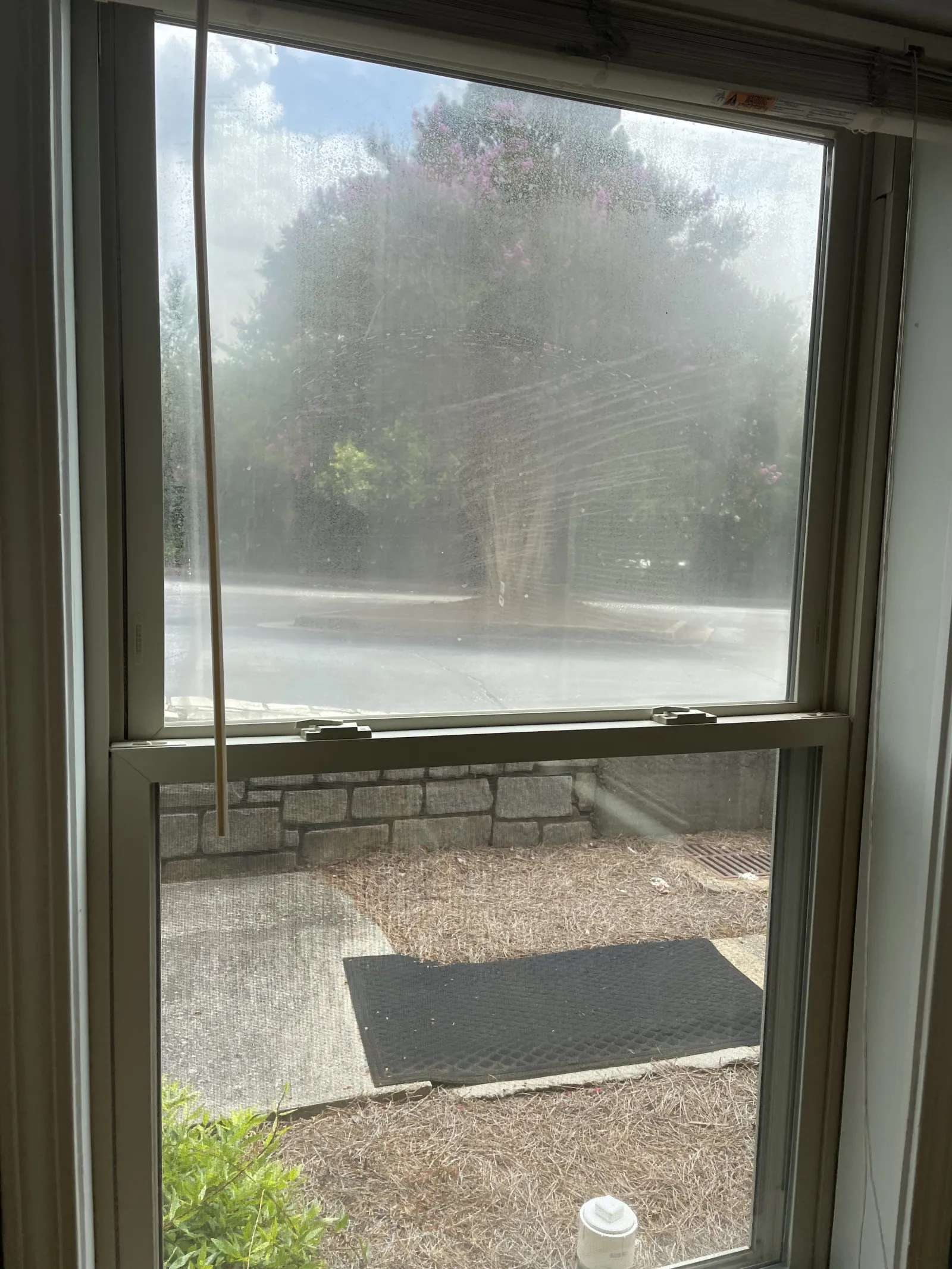Georgia is famous for being steamy. Red clay hardens and cracks under a relentless summer sun, and humidity as thick as kudzu covers everything like a wet, heavy blanket. It's not uncommon for your home's windows to fog up during these months of extreme heat and humidity, as air conditioners throughout the Peach State crank on high for days on end. But what if those foggy windows are symptomatic of a house problem that goes beyond weather?
Oftentimes, getting rid of foggy windows in the house starts with a three-point inspection.
- Are the inside and outside temperatures drastically different?
- Is there an abundance of plants and vegetation buffering your home?
- And, most important for foggy window repair, do you have a broken seal in your double-pane windows
This last question points to a major source of the cloudy, steamed-over look that some houses display year-round, as moisture gathers between the panes and becomes trapped there when a window seal breaks.
The next question, then, is how do you eliminate foggy windows in your house?

How to Get Rid of Foggy Windows in the House
The first thing to know about your foggy windows is that condensation by itself isn't a cause for concern when it comes to glass. Your bathroom mirrors gather moisture all the time when you take a hot shower or bath and suffer no damage as a result. But condensation between the panes of glass means your windows are effectively broken and need to be fixed or, more likely, replaced, as fog is one of the many window problems that can indicate it's time for replacement.
Here's the interesting thing about contemporary windows: Even though they are markedly better than older versions in terms of energy efficiency, construction quality, and overall style, they can almost be too good at keeping air inside the home. Whereas old windows could be loose in places and let humid air escape a steamy room, newer windows keep it trapped inside. But don't worry. Simply cracking a window or opening a door are two easy ways to let the moisture out. While you don't want condensation inside your windows, you also don't want humid air to wreak havoc on bathrooms, kitchens, and laundry rooms.
While fixing a broken window seal is no small task, there are a few measures you can take to reduce the amount of condensation in your windows while you wait for your repairman or your replacement windows to arrive and be installed, including:
- Check and replace damaged or worn weather stripping and caulk around windows and doors
- Open windows during comfortable days to balance out humidity levels
- Set your thermostat's fan to the "on" position
- Turn on exhaust fans while cooking or bathing
- Run a dehumidifier


How to Fix a Foggy Window
What causes a window seal to break, anyway? Age and general wear and tear are obvious reasons, but others include ineffective drainage near the window and water retention inside the frame itself. Or you can just blame science: As windows absorb sunlight, they heat up and the panes expand; when darkness falls, the window cools and those panes contract. Over time, the elements weaken and, ultimately, require replacement.
By and large, double-pane windows (also known as insulated glass windows) are strong and durable. Instances of failure are few and far between, as these windows do a wonderful job of keeping warm or cool air inside during corresponding months. This is partially due to the existence of two seals in these windows — an inner seal to combat against corrosion and moisture, and an outer counterpart to improve the overall strength of the window. Explore different frame materials, like fiberglass, for extended longevity of your new windows.
Outright replacement of double-pane windows with broken seals is usually the easiest route to take, but some homeowners understandably prefer to repair the units instead. In this case, you'd have to replace either the glass panes themselves or the sash. It's wise to determine whether the windows in question are still under a manufacturer's warranty, many of which can stretch 20 years to cover glass seal failure. It is also important to note that if you choose to repair versus replace, chances are you will not have a warranty.
Deciding on Foggy Window Replacement
When you just aren't sure and want an expert opinion, seek professional counsel on whether foggy window repair or replacement is the best choice for your home. Keep in mind that older windows should probably just be replaced anyway, as advancements in engineering and materials make today's windows much more energy efficient and easy to use than models that are, say, two or more decades old.
Broken seals and foggy windows are inconveniences and unsightly, sure, but how pressing of a priority should the repairs be? While occasional condensation is to be expected, failing to address the issue will ultimately cause windows to be permanently fogged. Don't wait until the problem gets worse; call us for a free inspection to determine the best course of action.
If you have a question or want to schedule a free in-home proposal for replacement windows, contact us today.
For more information about when to repair or replace your windows check out our in-depth guide here.









